Sugar: What You Need to Know
By now, unless you’ve been living under a rock, you’re probably pretty well aware that America has a sugar addiction. But stuff gets confusing, right? What is sugar? Should you cut out carbs all together? What about fruit sugar? We understand there’s a lot of information and it’s easy to get lost in all the noise, so we’re going to give you the basics on sugar, and in our next blog we’ll give you some simple steps on how to reduce sugar in your diet (if that’s what you want to do!) and what types of sugars are better for you.
What is sugar?
According to our scientific friends at The Encyclopedia Britannica, sugar is “any of numerous sweet, colorless, water-soluble compounds present in the sap of seed plants and milk of mammals and making up the simplest group of carbohydrates,” so basically sugar is the quickest, easiest source of energy your body can process. Sugar is vital for growth in all living things, which is why we find it in plants and animals.
So if we need sugar, why is it so bad?
Sugar isn’t inherently bad, no food is. Afterall, all living things need sugar to grow. However, there are different types of sugar: glucose, fructose, and sucrose (really just a bond of glucose and fructose). Without getting into the nitty-gritty, these sugars are different in the way their molecules are formed, and how your body absorbs and uses these different types of sugar. Some sugars are usually alright to eat on a daily basis, but some sugars, in excess, can contribute to undesirable health complications. Your doctor can be a great resource for helping you understand what types of sugars can be good for your health, so be sure to always consult your medical professional.
The Three Main Sugars
Glucose | Glucose is the simplest form of sugar, is a single-molecule, and the main source of energy for your body. The body pulls glucose from the stomach into the bloodstream, where it is then distributed to the cells and used as energy. Glucose is in basically any and every food that has carbohydrates. It raises blood sugar at a faster rate than other sugars, which stimulates the release of insulin, a chemical your body produces to get the glucose into your cells. Crazy, we know! Once glucose is in your body, your cells use it right away. If they don’t need it right away, it gets converted to glycogen and stored in the liver, fat cells, and muscles. High-glucose foods include dried or fresh fruit, grains stripped of their husk, and liquid sugars or syrups.
Fructose | Fructose is a single-molecule, basically fruit sugar, and is found most commonly in plants that produce fruit. In modern agriculture, we source fructose from sugar cane, sugar beets, and corn or maize. We typically ingest fructose as a form of sugar called sucrose (we’ll expand on that in just a moment), which is basically a molecule of fructose and a molecule of glucose bound together. While the glucose gets absorbed by the stomach, fructose gets absorbed by the large intestine, then hitches a ride on the hepatic portal vein to the liver, where it will be either distributed for cell energy, or converted into energy-for-later (fat) and stored. The major difference between fructose and glucose is that fructose does not require insulin to get absorbed into the liver, thus helping stabilize your blood sugar levels.
Sucrose | As previously mentioned, sucrose is one molecule of glucose and one molecule of glucose bound together, known as a disaccharide. Sucrose is the white table sugar you use in your coffee or in baking, and is found in thousands of foods we eat. Sucrose is widely used in low-fat or no-fat products to give food flavor, but you can also find it in pasta sauce, salsa, meat products, and frozen meals. Although your cells need the energy from sucrose, too much can lead to insulin resistance (diabetes), unintended weight gain, and other health complications.
And there you have it! We hope that this has given you some information on what the deal is with sugar. Next month we will investigate sugar in our society, in our foods, and ways that you can cut back on sugar in your diet.


